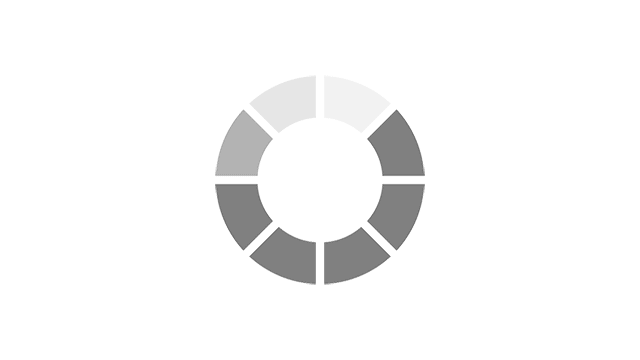
The CORE 500™ Digital Stethoscope captures both EMAT and S3/S4 sounds – cardiac acoustic biomarkers that have demonstrated utility in helping to identify heart function deterioration.1,2

EMAT measures the systolic interval from the Q-wave onset to the S1 peak, which is then normalized to heart rate, requiring simultaneous ECG recording and auscultation.3

Some clinically significant cardiac sounds can be difficult to detect with conventional analogue stethoscopes14,15. The CORE 500™ amplifies cardiac sounds which can enhance detection of S3/S4 sounds,2,15-20 cardiac biomarkers for evaluating heart failure progression, and provide a more detailed picture of cardiac health.1,6,11,13,21-34
References